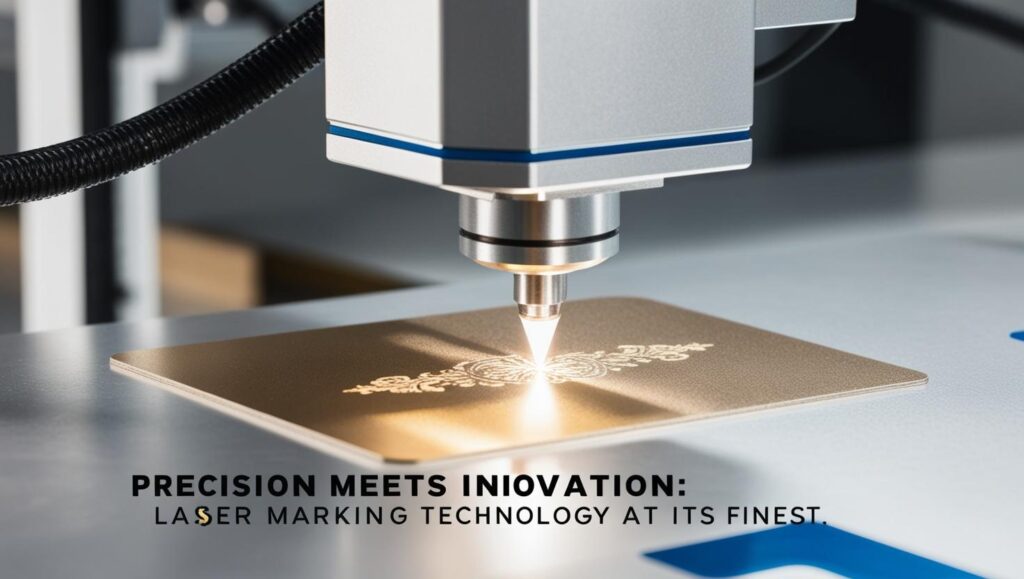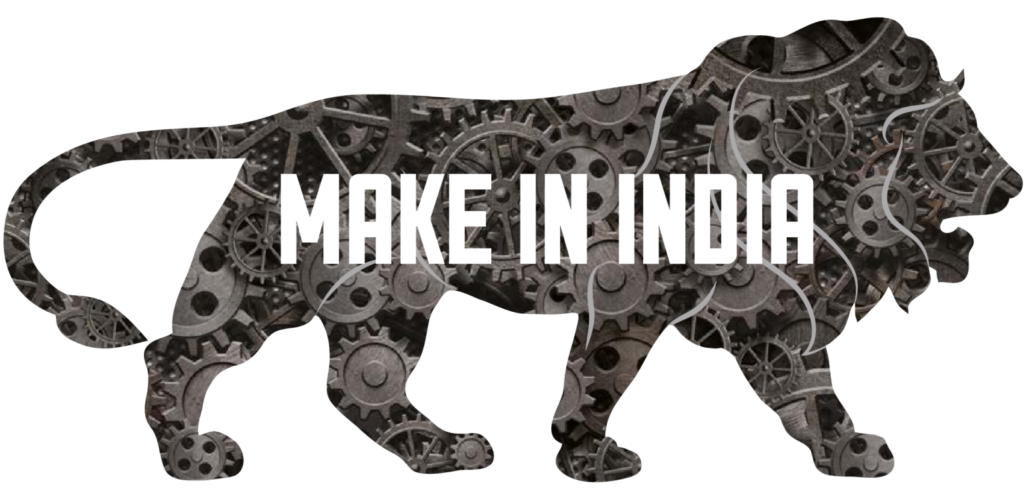Laser marking machines have revolutionized how manufacturers and creators add permanent identification, branding, and design to products. These machines use a laser beam to mark materials with precision, offering unmatched speed, durability, and accuracy. As industries continue to seek more compact, cost-effective, and efficient tools, the mini laser marking machine has emerged as a popular solution for small-scale operations and businesses with limited space.
In this guide, we will explore everything you need to know about standard and mini laser marking machines—their types, features, advantages, applications, and how to choose the right one for your needs.

What is a Laser Marking Machine?
A laser marking machine uses a concentrated beam of light to mark or engrave a surface. Unlike traditional methods like stamping or printing, laser marking is non-contact, highly precise, and leaves a permanent mark. The technology is widely used in industries such as automotive, electronics, medical, jewelry, and packaging.
How It Works
The laser beam modifies the surface of the material through processes like:
- Engraving: Material is vaporized to create deep marks.
- Annealing: Heats the metal to create a discoloration.
- Etching: Removes a thin layer for a visible mark.
- Foaming/Carbonizing: Used for plastics to change surface appearance.
What is a Mini Laser Marking Machine?
A mini laser marking machine is a compact version of a standard laser marking machine. Despite its smaller size, it offers many of the same features and capabilities. Mini machines are perfect for startups, workshops, jewelry makers, and small businesses that need a space-saving and portable marking solution.
Key Features
- Compact and lightweight design
- Plug-and-play setup
- USB or wireless connectivity
- Lower power consumption
- Ideal for low to medium volume marking
Types of Laser Marking Machines
1. Fiber Laser Marking Machine
- Best for metals and hard plastics
- High-speed and low maintenance
- Long service life (~100,000 hours)
2. CO2 Laser Marking Machine
- Ideal for wood, leather, paper, and glass
- Commonly used in packaging and crafts
3. UV Laser Marking Machine
- Excellent for sensitive materials
- Used in electronics, pharmaceuticals, and plastics
4. Mini Laser Marking Machine
- Portable and affordable
- Available in fiber, CO2, and UV variants
- Best suited for personalized items and low-volume production
Benefits of Laser Marking Machines
- Permanent and durable marks
- Non-contact process: No mechanical stress
- High-speed marking
- Versatile: Works on various materials
- Environmentally friendly: No inks or chemicals
- Automation-ready: Integrates into production lines
Advantages of Mini Laser Marking Machines
- Space-saving design
- Budget-friendly
- Easy to operate
- Great for mobile use or onsite jobs
- Faster ROI for small businesses
Applications of Laser and Mini Laser Marking Machines
Industrial Uses:
- Serial numbers on automotive parts
- QR codes on electronic components
- Traceability codes on medical devices
Commercial Uses:
- Jewelry engraving
- Personalized gifts
- Branding on packaging
- Marking tools and equipment
Choosing Between a Standard and Mini Laser Marking Machine
- Volume of work: Larger machines suit mass production
- Material types: Match the laser type to your materials
- Work area size: Mini machines have smaller marking areas
- Budget: Mini machines are more affordable
- Portability: Mini machines are easy to transport
Maintenance Tips
- Keep the lens and mirrors clean
- Ensure good ventilation
- Regularly check software and firmware updates
- Use the recommended power settings for different materials
Safety Precautions
- Use safety goggles
- Enclose the laser area when possible
- Ensure proper ventilation or fume extraction
- Follow local regulations for laser device operation
Frequently Asked Questions (FAQ)
Q1: What is the difference between a laser marking machine and a mini laser marking machine?
A standard laser marking machine typically has higher power, larger marking areas, and is suited for industrial-scale tasks. A mini version is compact, portable, and ideal for small-scale jobs or startups.
Q2: Can mini laser marking machines mark metal?
Yes. Mini machines, especially fiber variants, can mark metals like gold, silver, aluminum, and stainless steel with precision.
Q3: Are mini laser marking machines reliable?
Absolutely. Despite their size, mini laser machines are built with the same core technology as larger models and offer dependable performance.
Q4: How long does a laser marking machine last?
Fiber lasers can last up to 100,000 hours, while CO2 and UV lasers typically offer several years of reliable use with proper maintenance.
Q5: Is laser marking better than engraving?
Laser marking is more versatile, faster, and non-contact compared to mechanical engraving. It also supports fine detail and is suitable for various materials.
Q6: Do mini laser machines require special software?
Most mini machines come with built-in or bundled software like EZCAD, compatible with popular design formats (e.g., DXF, AI, SVG).
Q7: Can I use a mini laser marker for business?
Yes! They are perfect for small businesses offering customized products, jewelry engraving, promotional items, and more.
Conclusion
Both standard and mini laser marking machines offer powerful solutions for modern marking needs. Whether you’re a large manufacturer looking for high-speed automation or a small business aiming to personalize products, there’s a laser machine that fits your goals. Mini laser marking machines are especially beneficial for those needing portability, affordability, and precision in a compact package.
Investing in the right machine can enhance your productivity, product quality, and customer satisfaction—making it a smart move for any forward-thinking business
Looking for expert advice on choosing a laser marking machine? Contact Spark Elite for tailored recommendations and competitive pricing.

